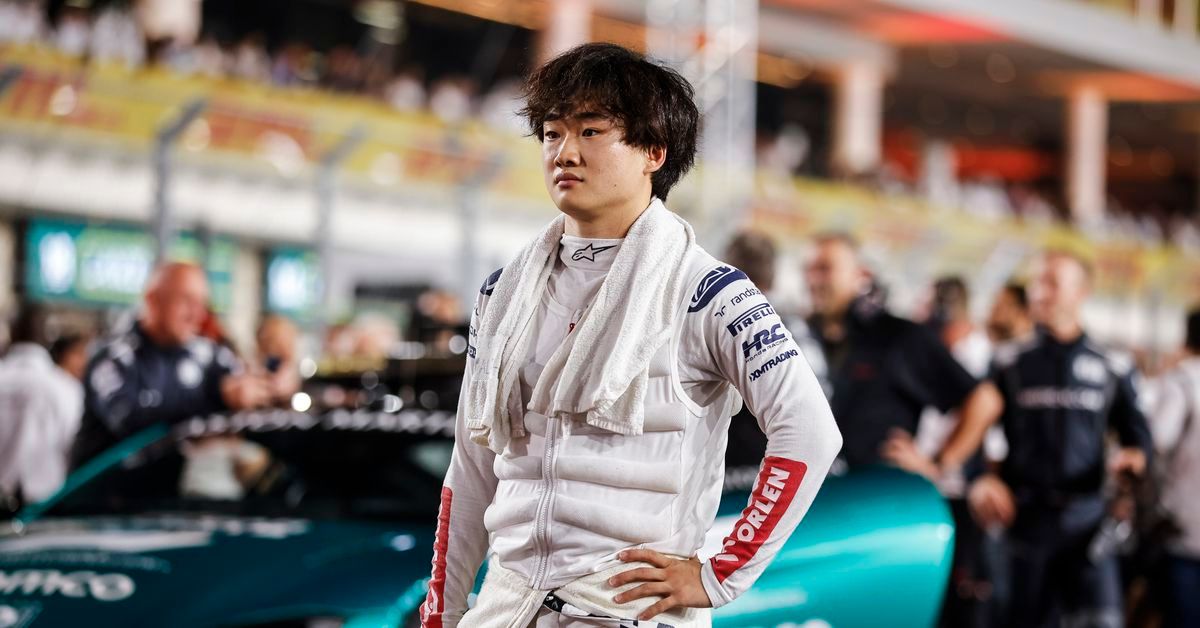By all accounts, the drivers who raced in Sunday’s Formula 1 Qatar Grand Prix endured some of the harshest conditions they have ever faced. Esteban Ocon admitted to vomiting twice during the race, Logan Sargeant retired early due to dehydration and needed medical attention after the race, as did teammate Alexander Albon. Ferrari driver Charles Leclerc described it as the hardest race he has ever experienced, and dared other drivers to disagree.
Now, the sport’s governing body is conducting an investigation to make sure it does not happen again.
In a statement released by the Fédération Internationale de l’Automobile (FIA), F1’s governing body noted “concern that the extreme temperature and humidity during the 2023 FIA Formula 1 Qatar Grand Prix had an impact on the wellbeing of the drivers.”

The statement further noted that “[w]hile being elite athletes, they should not be expected to compete under conditions that could jeopardise their health or safety. The safe operation of the cars is, at all times, the responsibility of the Competitors, however as with other matters relating to safety such as circuit infrastructure and car safety requirements, the FIA will take all reasonable measures to establish and communicate acceptable parameters in which Competitions are held.”
According to Pirelli, the sport’s exclusive tyre supplier, track temperatures during the nighttime race never dropped below 36 degrees Celsius (96.8 Fahrenheit), while daytime temperatures nudged above 40 degrees (approximately 114 Fahrenheit).
Next season’s schedule may provide some relief, as F1 moved the Qatar Grand Prix to the end of November. Average temperatures are expected to be cooler by that time of the year, with averages in November around 29 degrees Celsius (84 Fahrenheit) during the day, and . An average temperature of 19 degrees Celsius (66 Fahrenheit) during the night.
FIA also outlined that an upcoming medical conference will address further steps that may be necessary to protect the health and safety of the drivers. “A number of measures will be discussed at the upcoming medical commission meeting in Paris. Measures may include guidance for competitors, research into modifications for more efficient airflow in the cockpit, and recommendations for changes to the calendar to align with acceptable climatic conditions, amongst others.”
The heat and humidity was not the only factor that pushed the drivers to the limit, but tyre mandates put in place prior to the Grand Prix required drivers to make three pit stops, or more. Without drivers implementing tyre management during the race, that made for drivers pushing themselves on every single lap.
Oscar Piastri, who finished second, stated it was “definitely the hardest race I’ve had in my life. It was hot and basically flat-out the entire time.”
